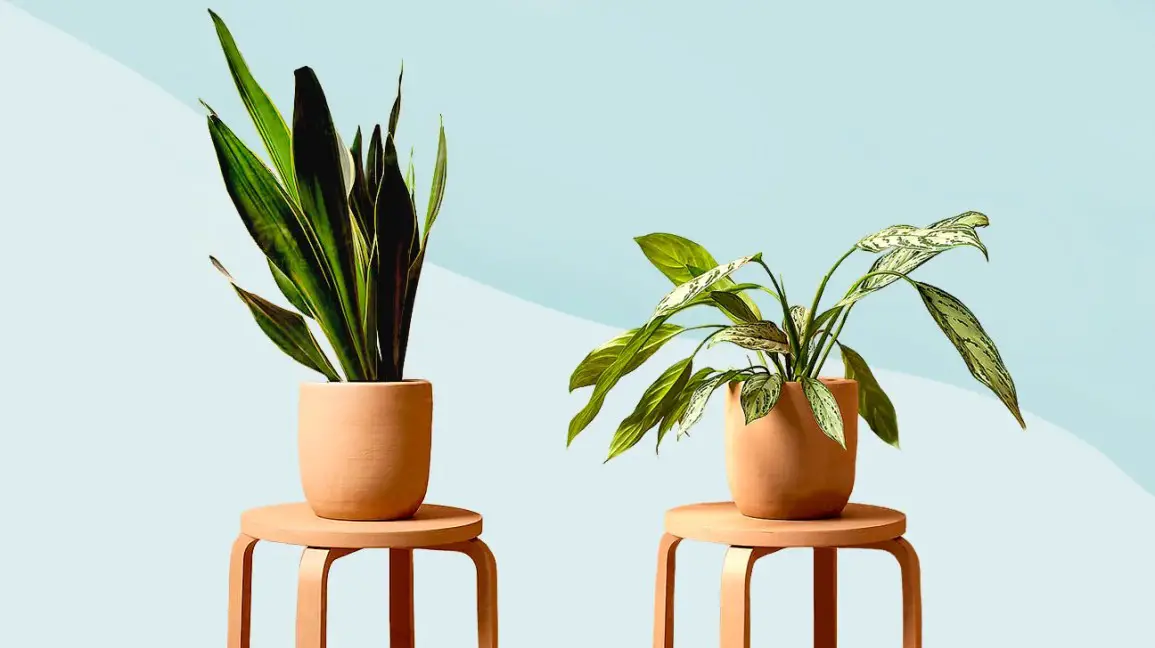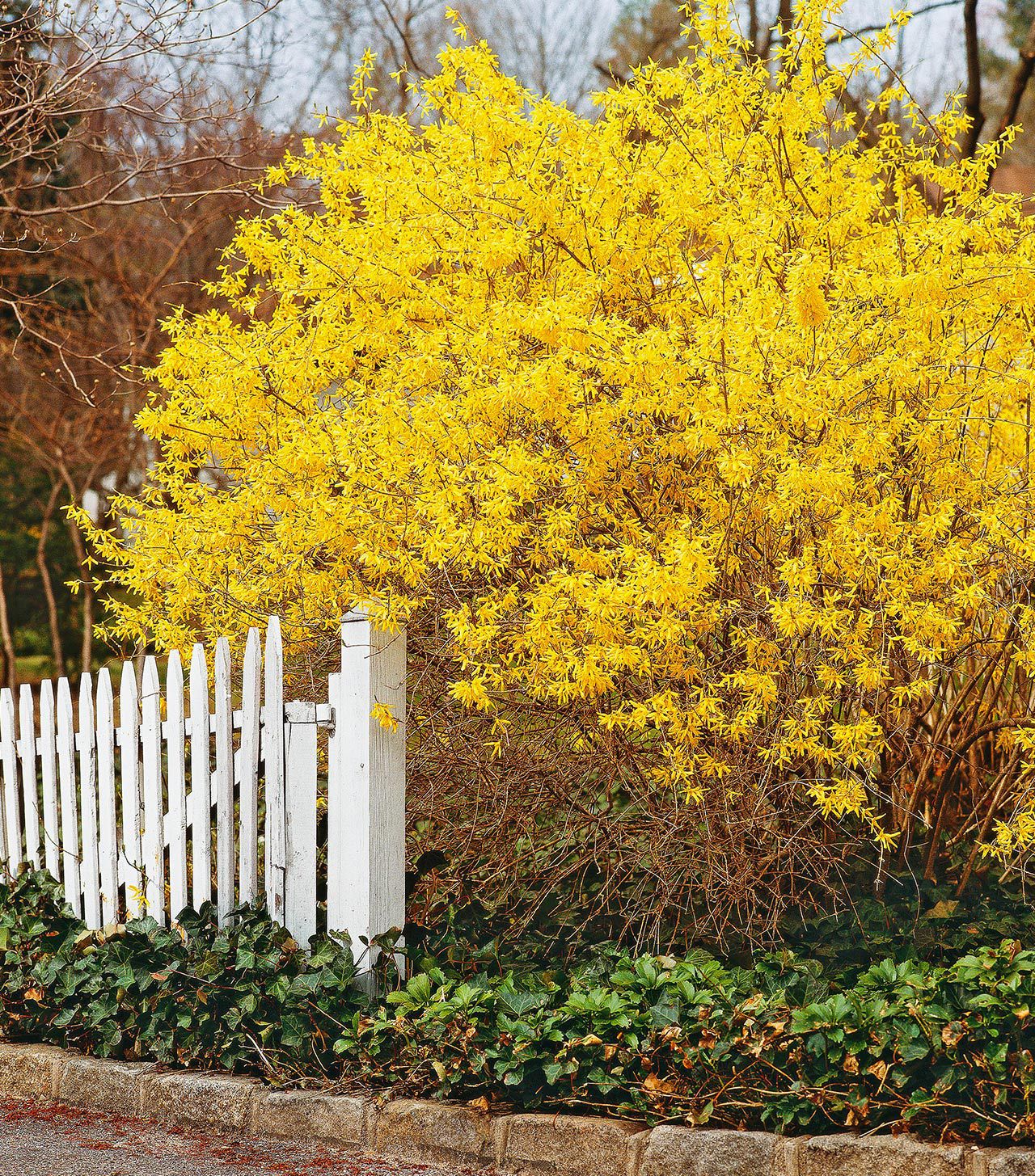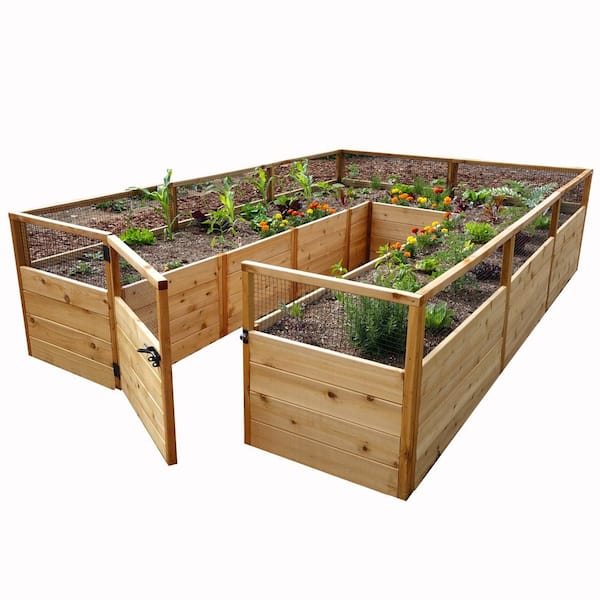The ZZ Plant, or Zamioculcas zamiifolia, thrives with minimal care. It’s perfect for busy plant lovers seeking greenery.
The ZZ Plant, also known as the Zamioculcas zamiifolia, is a popular houseplant cherished for its resilience and low-maintenance nature. Originating from East Africa, this plant is well-suited to thrive in various indoor conditions. Its glossy, dark green leaves add a touch of elegance to any space, making it an excellent choice for home and office settings.
The ZZ Plant requires minimal watering and can tolerate low light, making it ideal for those with a busy lifestyle or less-than-ideal indoor lighting. With proper care, this hardy plant can flourish, offering both aesthetic appeal and air-purifying benefits.
Introduction To Zz Plant
The ZZ Plant, also known as Zamioculcas zamiifolia, is a popular houseplant. It is famous for its striking appearance and low maintenance needs. This plant can thrive in various conditions, making it perfect for beginners and busy individuals. Let’s explore the origins and unique features of the ZZ Plant.
Origins And Background
The ZZ Plant is native to Eastern Africa. It grows naturally in countries like Kenya, Tanzania, and Zanzibar. The plant’s ability to survive in harsh conditions has earned it the nickname “the survivor plant”. It was first introduced to the houseplant market in the late 1990s. Since then, it has gained popularity worldwide for its resilience and aesthetic appeal.
Unique Features
The ZZ Plant has several unique features that make it stand out:
- Glossy, Dark Green Leaves: The leaves are waxy and reflect light, adding a touch of elegance to any space.
- Rhizomes: The plant has thick, potato-like rhizomes that store water, enabling it to survive drought conditions.
- Slow Growth: It grows slowly, reducing the need for frequent repotting or pruning.
- Air Purification: It is known to remove toxins from the air, improving indoor air quality.
These features make the ZZ Plant a perfect choice for homes and offices. Its beauty and hardiness add a touch of nature to any indoor space.
Credit: www.wsj.com
Choosing The Right Zz Plant
The ZZ Plant, known for its glossy leaves and easy care, is a popular houseplant. Choosing the right one ensures it thrives in your home. Below, you’ll find tips to help you select the perfect ZZ Plant.
Types Of Zz Plants
There are several types of ZZ Plants. The most common is the Zamioculcas zamiifolia. It has deep green leaves and grows up to three feet. Another variety is the Raven ZZ Plant. It has dark purple, almost black leaves. This type is unique and eye-catching.
For smaller spaces, consider the Zenzi ZZ Plant. It is compact, with thicker leaves and shorter stems. The Variegated ZZ Plant has leaves with creamy white streaks, adding a splash of color to your plant collection.
| Type | Characteristics |
|---|---|
| Zamioculcas zamiifolia | Deep green leaves, grows up to three feet |
| Raven ZZ Plant | Dark purple leaves, unique appearance |
| Zenzi ZZ Plant | Compact, thicker leaves |
| Variegated ZZ Plant | Creamy white streaks, colorful leaves |
Selecting Healthy Plants
When buying a ZZ Plant, inspect the leaves closely. Healthy leaves are glossy and firm. Avoid plants with yellow or brown spots. These spots could mean the plant is sick.
Check the stems for firmness. Soft or mushy stems are a bad sign. Healthy stems should be sturdy and upright. Look at the soil too. It should be moist but not soggy. Overly wet soil can cause root rot.
It’s best to purchase from a reputable nursery. They often have higher quality plants. Ask the staff for care tips. They can guide you on how to keep your ZZ Plant healthy.
- Inspect leaves for glossiness and firmness.
- Check stems for sturdiness.
- Look at soil moisture.
- Buy from reputable nurseries.
Ideal Growing Conditions
The Zz Plant, also known as Zamioculcas zamiifolia, thrives with minimal effort. Understanding its ideal growing conditions ensures a healthy, vibrant plant. Below, we explore the essential factors.
Light Requirements
The Zz Plant prefers bright, indirect light. Place it near a north or east-facing window. It can tolerate low light conditions but grows slower. Avoid direct sunlight, which can scorch its leaves.
Temperature And Humidity
The Zz Plant thrives in typical household temperatures. Keep it between 65°F and 75°F (18°C to 24°C). Avoid placing it near drafty windows or air vents.
The Zz Plant prefers moderate humidity levels. A range of 40% to 50% is ideal. If the air is too dry, consider using a humidifier or mist the plant occasionally.
| Factor | Ideal Condition |
|---|---|
| Light | Bright, indirect light |
| Temperature | 65°F to 75°F (18°C to 24°C) |
| Humidity | 40% to 50% |
By providing these conditions, your Zz Plant will flourish. Happy growing!

Credit: paradisescapes.com
Soil And Potting Mix
The Zz Plant thrives with minimal care. Key to its success is the right soil and potting mix. Understanding the best soil type and repotting tips will help your plant flourish.
Best Soil Type
The Zz Plant prefers well-draining soil. A mix that retains some moisture but doesn’t stay soggy is ideal. Use a combination of potting soil, perlite, and sand for optimal drainage.
- 1 part potting soil
- 1 part perlite
- 1 part sand
This mix prevents root rot and promotes healthy growth. Avoid heavy soils or those that retain too much water.
Repotting Tips
Repotting the Zz Plant is essential every 2-3 years. Spring is the best time. Use a pot that is 2 inches larger than the current one.
- Gently remove the plant from its old pot.
- Shake off excess soil from the roots.
- Place the plant in the new pot.
- Fill in around the roots with fresh soil mix.
- Water lightly to settle the soil.
Ensure the new pot has drainage holes. This prevents water accumulation and root rot.
Watering Guidelines
The ZZ Plant, also known as Zamioculcas zamiifolia, is loved for its low-maintenance care. Watering is a key part of keeping your ZZ Plant healthy. This guide provides essential tips for watering your ZZ Plant correctly.
How Often To Water
ZZ Plants are drought-tolerant and prefer dry conditions. Watering them too often can harm their roots.
Water your ZZ Plant every 2-3 weeks. Ensure the top inch of soil is dry before watering again. In winter, reduce watering frequency as the plant’s growth slows down.
- Summer: Every 2 weeks
- Winter: Every 3-4 weeks
Signs Of Overwatering
Overwatering is the most common issue with ZZ Plants. Check for these signs to avoid it:
| Sign | Description |
|---|---|
| Yellow Leaves | The plant’s leaves turn yellow and fall off. |
| Mushy Stems | Stems become soft and may rot. |
| Root Rot | Roots turn black and mushy. |
If you notice these signs, reduce watering immediately. Let the soil dry out completely before your next watering session.
Fertilizing Practices
The ZZ Plant, known for its resilience, thrives with minimal care. Fertilizing correctly boosts its growth and health. This section covers the best fertilizers to use and how and when to fertilize your ZZ Plant.
Best Fertilizers To Use
Choosing the right fertilizer is crucial. The ZZ Plant benefits from balanced fertilizers. Look for a product with an equal ratio of nitrogen, phosphorus, and potassium (NPK). A 20-20-20 or 10-10-10 fertilizer works well.
Here are some recommended fertilizers:
| Fertilizer Type | Benefits | Application Frequency |
|---|---|---|
| Liquid Fertilizer | Quick nutrient absorption | Monthly during growth season |
| Slow-Release Granules | Steady nutrient release | Every 3-4 months |
| Organic Fertilizer | Improves soil health | Every 2-3 months |
How And When To Fertilize
Fertilizing your ZZ Plant properly ensures optimal growth. Follow these steps:
- Spring and Summer: Fertilize once a month.
- Fall and Winter: Reduce to once every 2-3 months.
- Application: Mix liquid fertilizer with water. Apply directly to the soil.
For slow-release granules, sprinkle them on top of the soil. Water well to activate the granules. Always read the fertilizer label for specific instructions.
Over-fertilizing can harm your ZZ Plant. Watch for yellowing leaves. This indicates overfeeding.
Common Pests And Problems
The ZZ Plant, known for its resilience, can still face some problems. This section will help you identify and solve common pests and issues. Keep your ZZ Plant healthy and lush with these tips.
Identifying Pests
Even the hardiest plants can attract pests. Here are some common pests that can affect your ZZ Plant:
- Spider Mites: Tiny, red or brown pests that spin webs on leaves.
- Mealybugs: White, cotton-like insects found on stems and leaves.
- Aphids: Small, green or black insects that cluster on new growth.
- Scale: Brown, shell-like insects that stick to leaves and stems.
Look out for these signs to identify a pest infestation:
- Yellowing leaves or spots.
- Sticky residue on leaves.
- Webbing on plant surfaces.
- Visible insects on the plant.
Solutions And Treatments
Once you identify the pests, you can use these treatments:
| Pest | Solution |
|---|---|
| Spider Mites | Spray with water and insecticidal soap. |
| Mealybugs | Wipe with alcohol-soaked cotton swabs. |
| Aphids | Use neem oil spray. |
| Scale | Scrape off gently and treat with horticultural oil. |
Follow these steps to keep your ZZ Plant pest-free:
- Inspect your plant regularly for signs of pests.
- Isolate infected plants to prevent spreading.
- Use natural treatments like neem oil and insecticidal soap.
- Maintain proper watering and humidity levels.
By staying vigilant and using these tips, you can keep your ZZ Plant healthy. Happy gardening!
Propagation Techniques
The ZZ Plant, also known as Zamioculcas zamiifolia, is loved for its low-maintenance nature. Propagating this plant is straightforward. It can be done using two primary methods: leaf cuttings and division. Both techniques are easy and effective. Below, we explain each method in detail.
Leaf Cuttings
Leaf cuttings are a popular way to propagate the ZZ Plant. This method is simple and requires minimal materials.
- Choose a healthy leaf from the plant.
- Cut the leaf close to the base using clean scissors.
- Let the leaf cutting dry for a few hours.
- Place the cutting in a pot with moist soil.
- Water the soil lightly and place the pot in indirect sunlight.
New roots will develop in a few weeks. Keep the soil moist but not soggy. This helps in successful root formation.
Division Method
The division method is another effective way to propagate the ZZ Plant. It involves separating the plant into smaller sections.
- Remove the plant from its pot carefully.
- Gently shake off the excess soil from the roots.
- Look for natural divisions in the root system.
- Separate the plant into smaller sections using your hands or a clean knife.
- Plant each section in its own pot with fresh soil.
Water the newly potted sections lightly. Place them in a spot with indirect sunlight. This ensures that the new plants adapt well to their new environment.
The division method is ideal for mature plants. It helps rejuvenate the mother plant and creates new growth.
Decorating With Zz Plants
Decorating with ZZ Plants can transform your home into a green oasis. These low-maintenance houseplants add elegance and calmness to any space. Their glossy, dark green leaves bring a touch of nature indoors, enhancing your home’s aesthetic.
Indoor Display Ideas
ZZ Plants are versatile and can thrive in various indoor settings. Consider placing them in these spots:
- Living Room: Position a ZZ Plant near the sofa for a lush look.
- Bedroom: Add one to your nightstand for a calming vibe.
- Office: Place a ZZ Plant on your desk to boost productivity.
- Bathroom: ZZ Plants can thrive in low light, perfect for bathrooms.
Elevate your decor by using stylish pots. Choose pots that match your room’s theme. A modern planter can give a contemporary feel. A rustic pot adds a touch of charm.
Combining With Other Plants
ZZ Plants pair well with other houseplants. Create a stunning display by combining them:
- Succulents: Mix ZZ Plants with succulents for a low-maintenance garden.
- Ferns: Pair ZZ Plants with ferns to enhance the greenery.
- Snake Plants: Use Snake Plants for height variation and visual interest.
- Spider Plants: Combine with Spider Plants for a cascading effect.
Arrange plants in different heights and textures. This adds depth to your display. Ensure each plant has enough space to grow. Proper spacing prevents overcrowding and keeps your plants healthy.
To summarize, decorating with ZZ Plants is easy and rewarding. They blend well with various decor styles and other houseplants. With these tips, your home can become a green sanctuary.

Credit: it.pinterest.com
Seasonal Care Tips
The ZZ Plant, also known as Zamioculcas zamiifolia, is a hardy houseplant. It thrives with minimal care. However, giving it some attention during different seasons can help it flourish. Let’s explore how to care for your ZZ Plant in winter and summer.
Winter Care
Winter can be tough on houseplants, but the ZZ Plant is resilient. During winter, keep your plant in a warm spot. Avoid placing it near drafty windows or doors. The plant prefers temperatures between 60-75°F (15-24°C).
Watering is crucial in winter. The ZZ Plant needs less water during this season. Allow the soil to dry out completely between waterings. Overwatering can lead to root rot. Use a well-draining pot to prevent water from sitting at the bottom.
Light is another important factor. The ZZ Plant does well in low light. Place it in a spot with indirect sunlight. Artificial light can also be a good option during shorter winter days.
Summer Care
Summer is a growing season for the ZZ Plant. It appreciates a bit more water during this time. Water your plant when the top inch of soil feels dry. Ensure the pot has drainage holes to prevent waterlogging.
Temperature is key during summer. The ZZ Plant thrives in temperatures up to 85°F (29°C). Keep it away from air conditioning vents and direct sunlight. Too much direct sunlight can scorch the leaves.
Fertilizing can boost growth in summer. Use a balanced, water-soluble fertilizer once a month. This will provide the necessary nutrients for healthy growth.
| Season | Temperature Range | Watering Frequency | Light Requirements |
|---|---|---|---|
| Winter | 60-75°F (15-24°C) | Allow soil to dry out | Low to indirect light |
| Summer | Up to 85°F (29°C) | Water when top inch is dry | Indirect light, avoid direct sun |
Frequently Asked Questions
How Often Should I Water My Zz Plant?
ZZ Plants prefer to dry out between waterings. Water them every 2-3 weeks. Ensure the soil is dry before watering again. Overwatering can lead to root rot.
Can Zz Plants Tolerate Low Light Conditions?
Yes, ZZ Plants thrive in low light. They adapt well to indirect sunlight. However, they grow faster with more light. Avoid direct sunlight to prevent leaf burn.
What Type Of Soil Is Best For Zz Plants?
ZZ Plants prefer well-draining soil. Use a mix of potting soil and cactus soil. This prevents waterlogging and root rot. Ensure the pot has drainage holes.
Are Zz Plants Toxic To Pets?
Yes, ZZ Plants are toxic if ingested by pets. Keep them out of reach of cats and dogs. Symptoms include vomiting and diarrhea. Consult a vet if your pet ingests any part of the plant.
Conclusion
Embrace the tranquility of the ZZ Plant with these expert care tips. This low-maintenance houseplant thrives effortlessly. Perfect for beginners and seasoned plant lovers alike. Enjoy lush, green foliage year-round with minimal effort. Elevate your indoor garden and experience the zen of the ZZ Plant.
Happy gardening!




